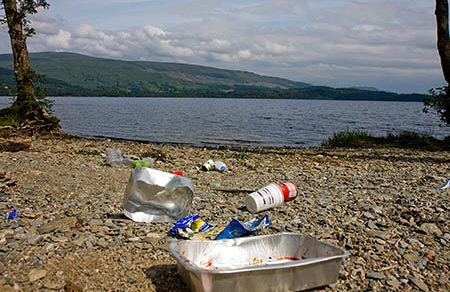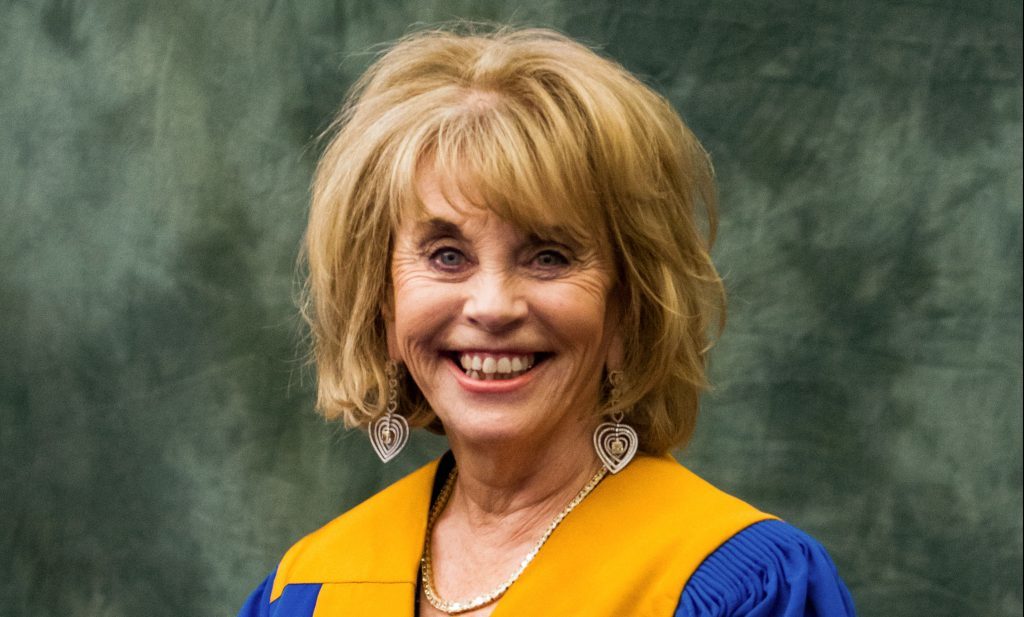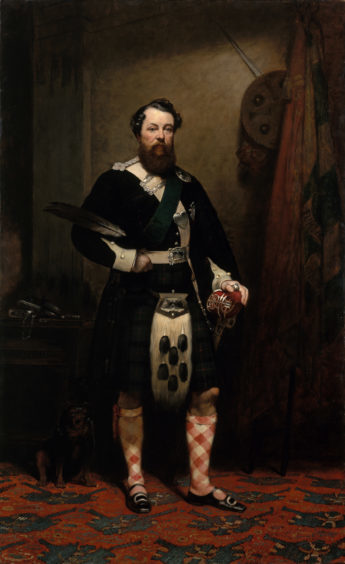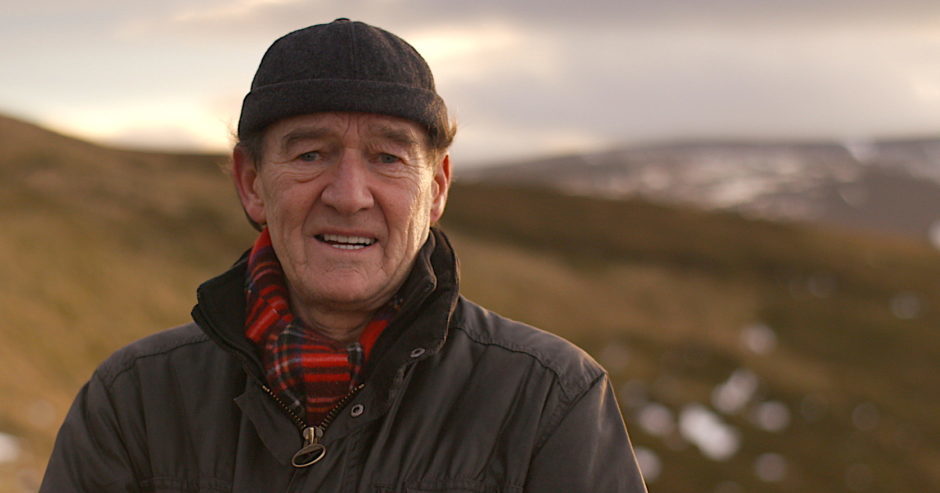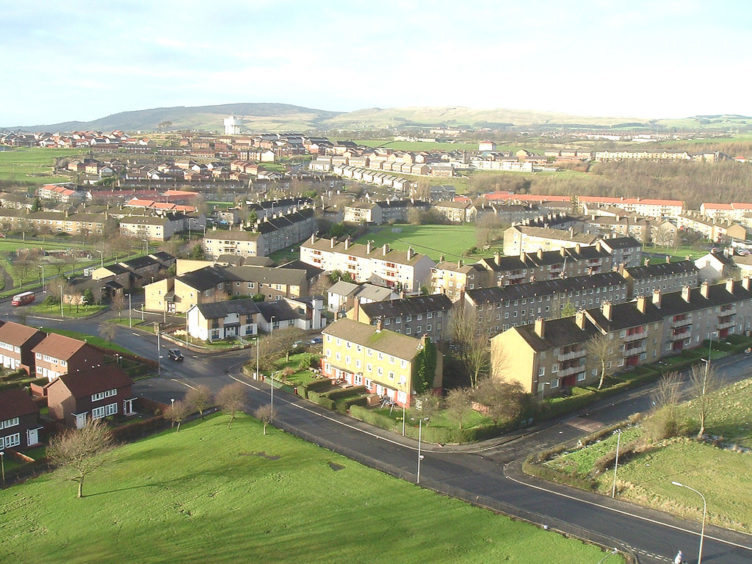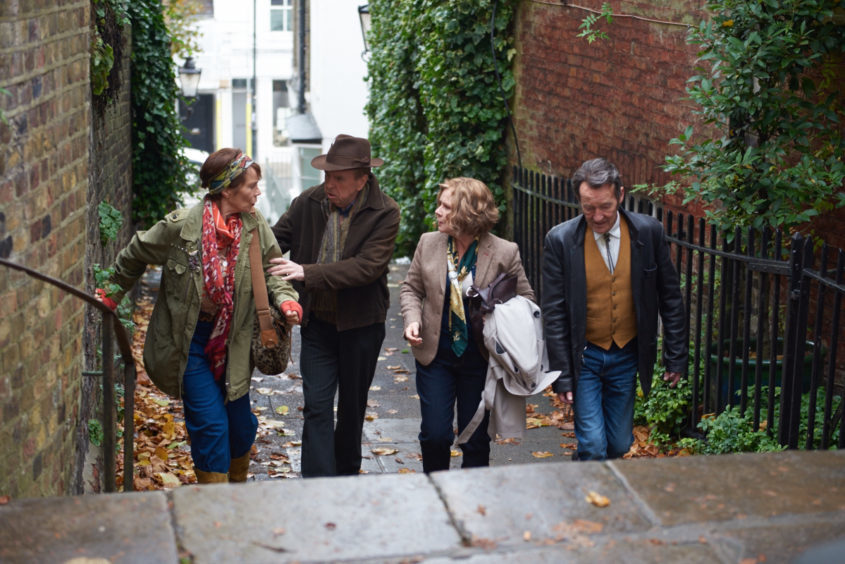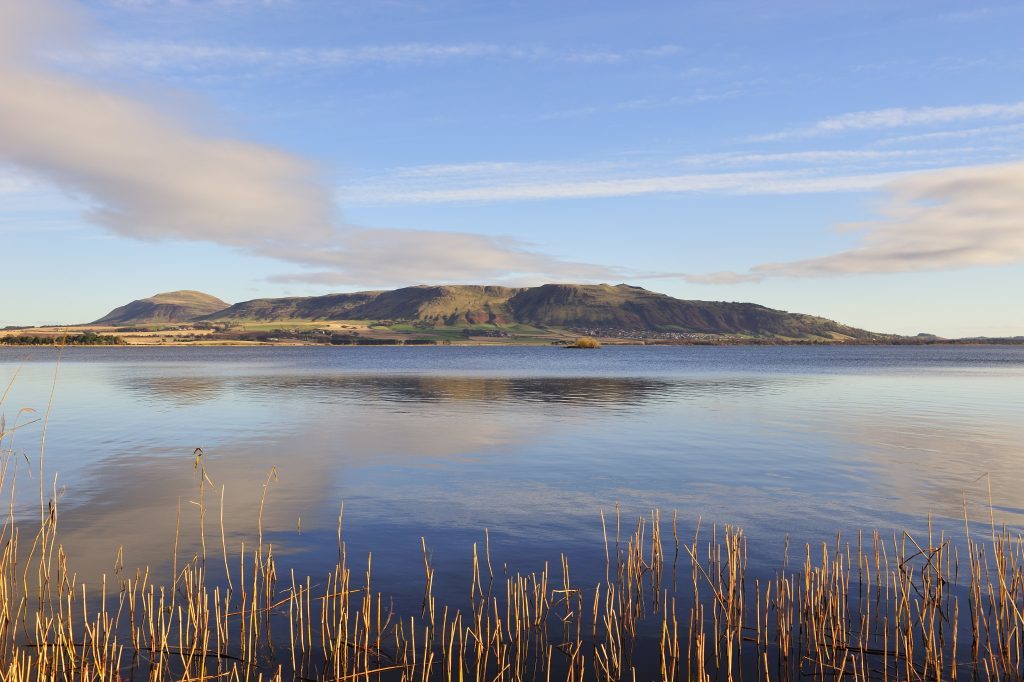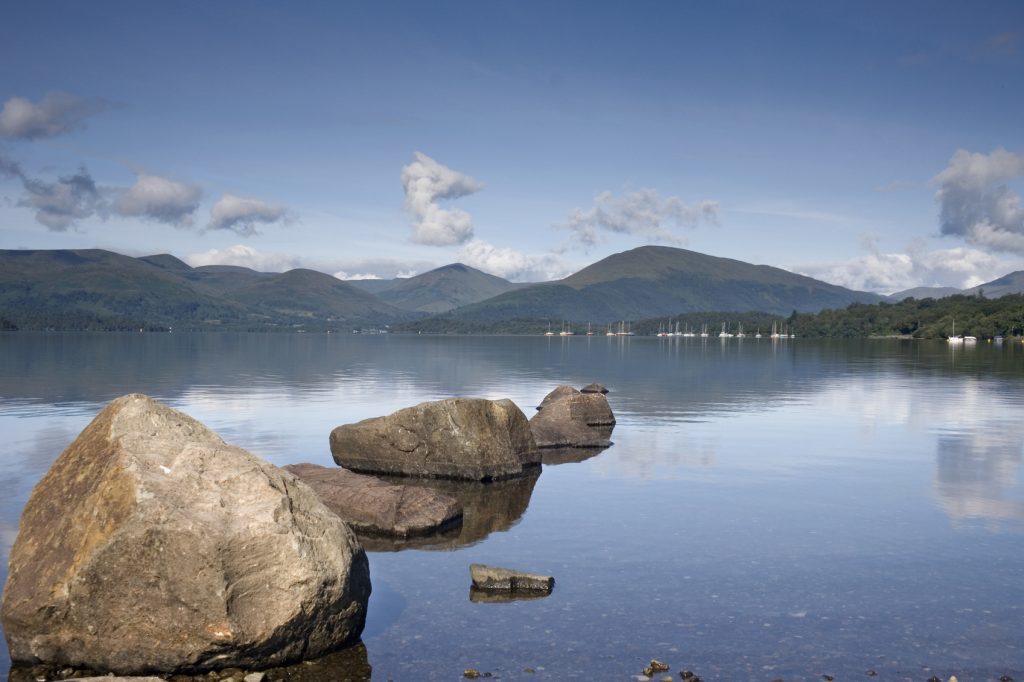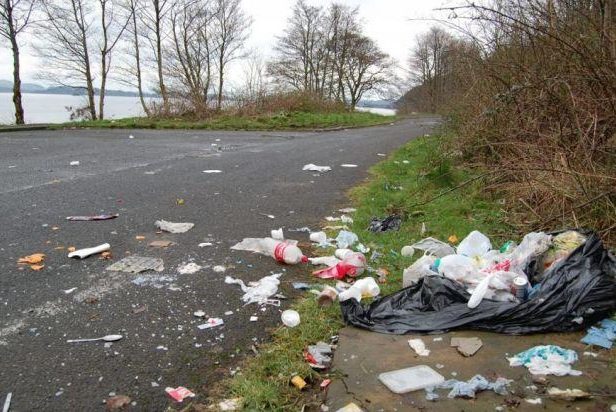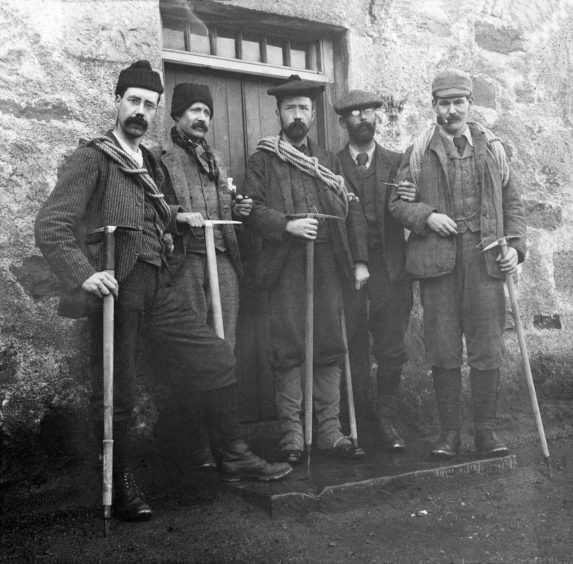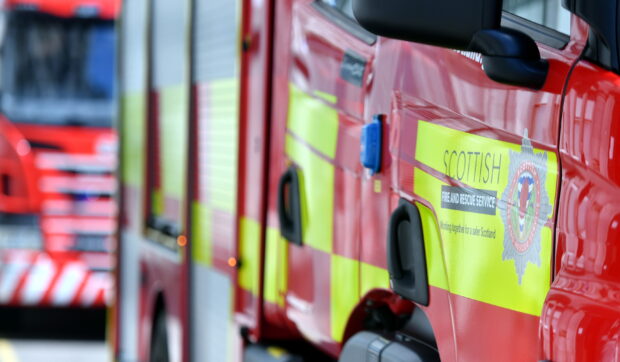How can just 432 people own half of Scotland? Ahead of a new BBC Scotland documentary about countryside access, actor David Hayman tells Michael Alexander it’s a moral question that needs to be asked.
It was the landmark court battle that saw one of Scotland’s richest women became the first private individual to successfully argue that right-to-roam legislation should not apply to her land.
In June 2007, Stagecoach founder Ann Gloag won her bid to prevent public access around Kinfauns Castle near Perth on grounds of privacy.
It led to intense debate about Scotland’s right to roam laws and followed a much earlier Perthshire case – the infamous Glen Tilt access dispute of 1847.
A party of botanists from Edinburgh University led by John Hutton Balfour found their access through the Atholl Estate barred by the Duke and his ghillies.
Public access was eventually secured there after a lengthy legal battle.
Now both Perthshire cases are to be featured in a new BBC One Scotland documentary being aired this week called The Battle for Scotland’s Countryside.
Trial and Retribution actor David Hayman wanders far and wide to get to the heart of one of the country’s enduring controversies in this one-off documentary.
Scotland’s countryside has sparked generations of bitter arguments about who should own it, who is allowed to visit and roam across it and how such a valuable natural asset is given appropriate protection.
And as he delves into the often contentious history of land ownership – including the recent dispute about wild camping in Loch Lomond National Park – he discovers that the controversies have not gone away, as he also reflects on his own love affair with the outdoors.
“I spent the first six years of my life living in Dalmarnock Road in Bridgeton in a room and a kitchen, so suddenly being moved to Drumchapel at the age of six was like being moved to a magical wonderland because you had fields, you had burns, you had coos you had bluebell woods,” says the 70-year-old Glaswegian in an interview with The Courier.
“To me it just opened up a whole new vista on my life coming from the tenements of the East End. I loved my period in Drumchapel – I know Billy Connolly describes it as a ‘desert with windaes’ – and it was in the beginning!
“But at that time you were on the edge of the city – the edge of civilisation as we knew it then – and beyond it was just countryside that gave me my love for the mountains, for wilderness, and everything.”
David was delighted to be asked by the BBC if he would do the documentary.
But as well as access, he also wanted to bring in elements of land use and land ownership.
Scotland currently has the most concentrated pattern of private ownership in the developed world with just 432 individuals accounting for half of all non-public land.
And while he had to stay neutral during the documentary process, he acknowledges the issues are always going to be “contentious, controversial and very emotive” as he explores all sides of the debate.
“Thanks to right to roam legislation, we are very lucky in Scotland that we can pitch our tent where we want if we are responsible,” he adds.
“We are so privileged to live here. Our birth right is living in one of the most beautiful countries in the world. It’s a place where you can refresh your soul.
“Not to have access would be really criminal, and to have restricted access would be criminal.
“But if you think about it, land ownership is theft. Way back when we were hunter gatherers no one owned a bit of planet Earth.
“Then suddenly people decided to plant crops and tame animals and then we’d put a wee fence round our bit to protect our crops and animals, then your neighbour did the same. “Slowly but surely people started to lay claim to bits of land, but it belonged to all of us in the beginning.”
David says landowners can “no longer be viewed as the enemy”.
“More or less they’ve kind of accepted the right to roam, which is great,” he says.
He adds that it’s public bodies like the Loch Lomonds National Park that might now be more prescriptive in their attempts to control access.
“As the spokesperson for Loch Lomond National Park says, in 2016, four million people visited Loch Lomond – now that’s a hell of a lot of footfall and a hell or a lot of debris and a hell of a lot of potential damage,” he says.
But he says the morality of 432 privileged people owning vast tracts of beautiful Scottish countryside still has to be questioned.
“I think we’ve got to ask ourselves the questions about that. And I do that in my summation at the end of the programme – what is land for? Do we have the right to own it? What is it’s use for the better of the population of the people of Scotland?”
*The Battle for Scotland’s Countryside, Wednesday,March 14, BBC One Scotland, 9pm to 10pm.
